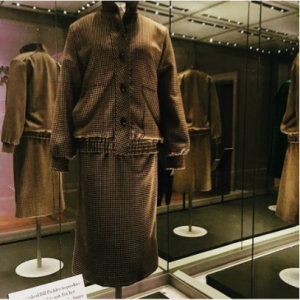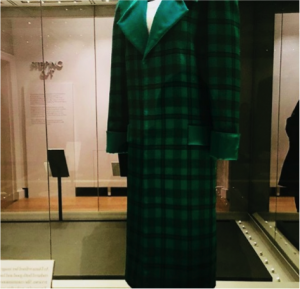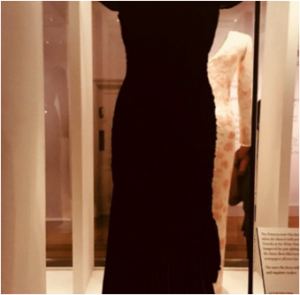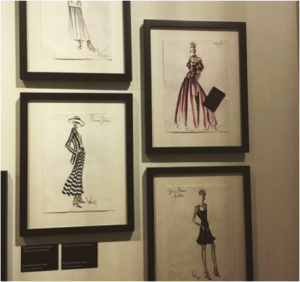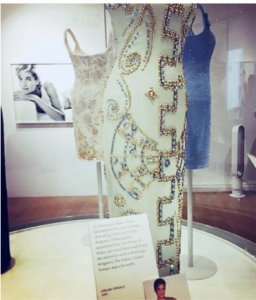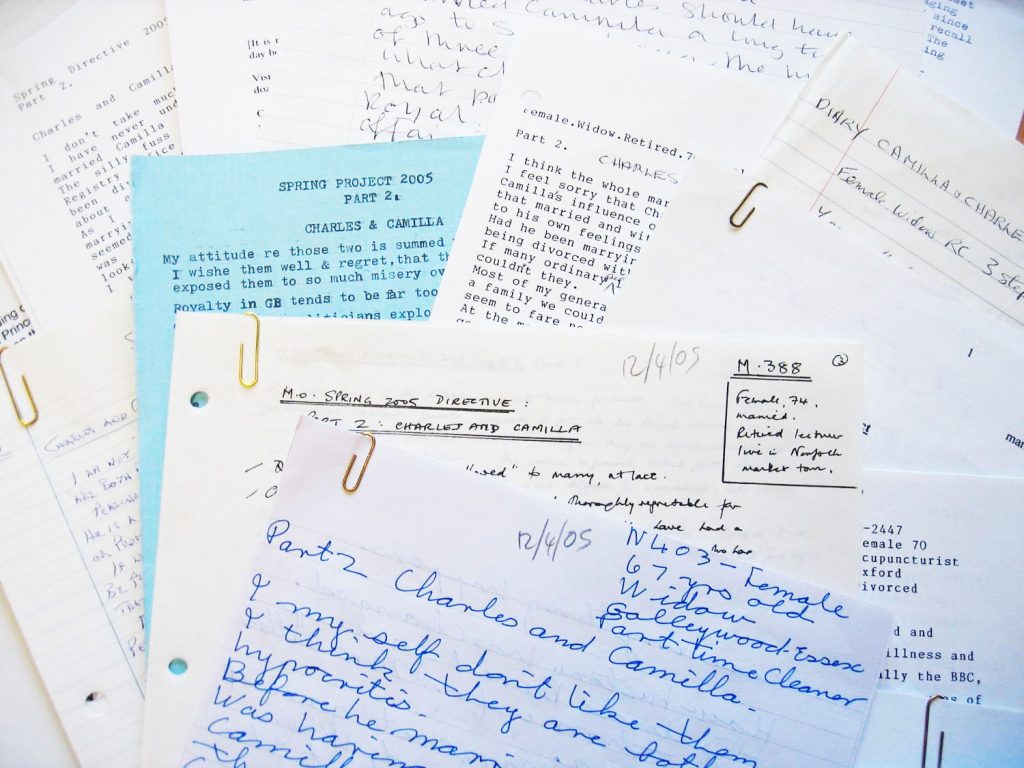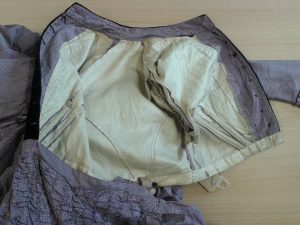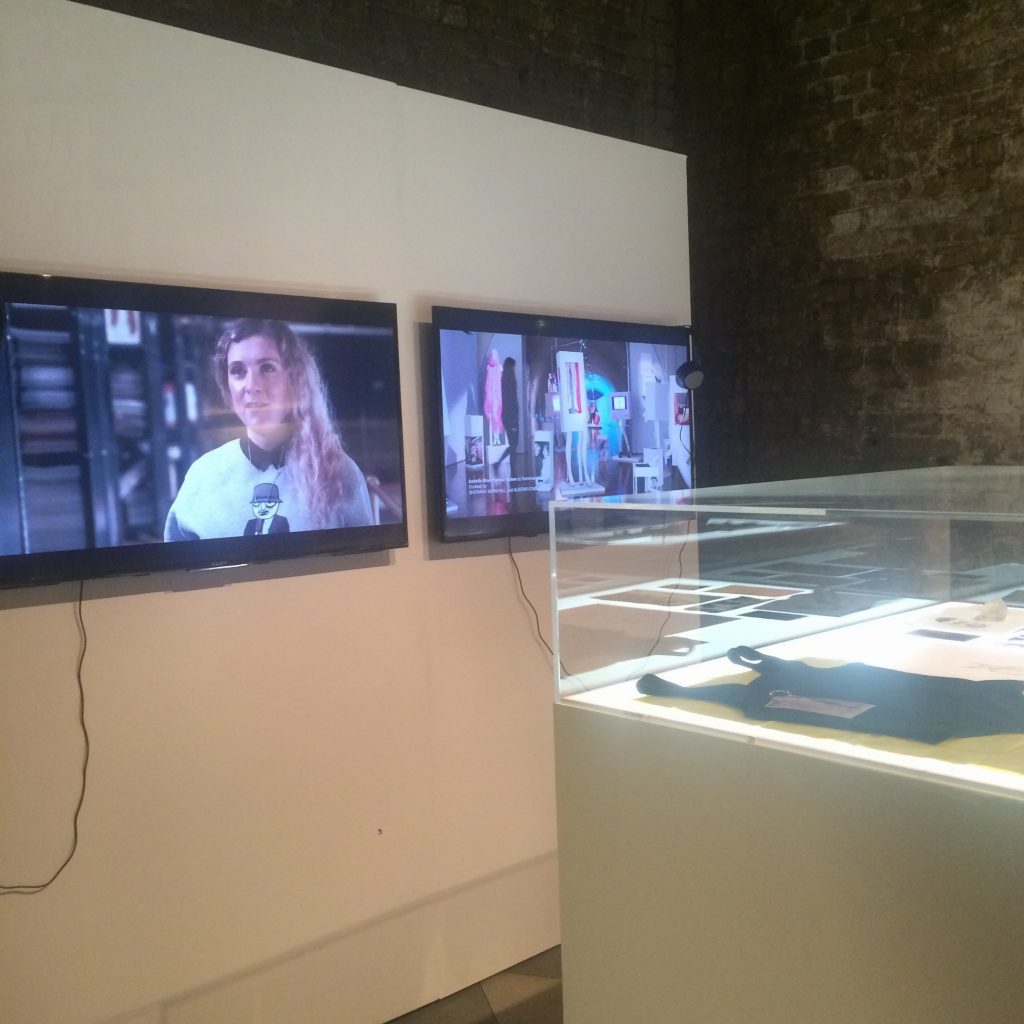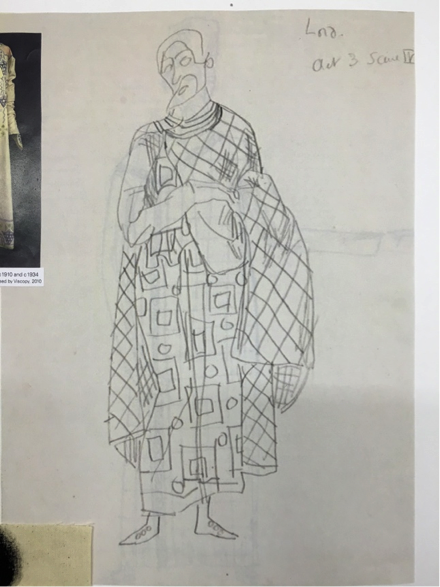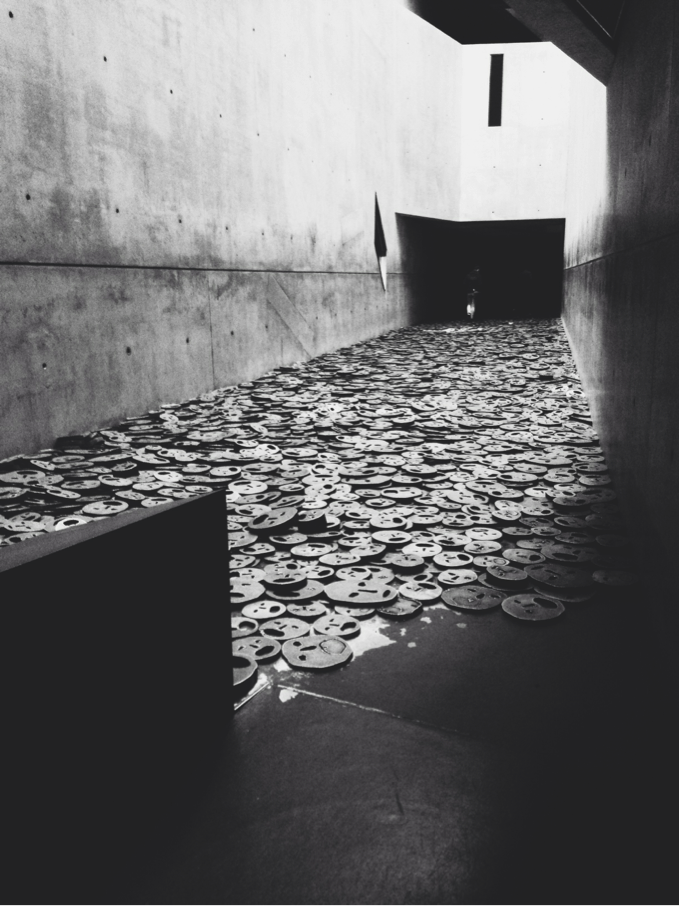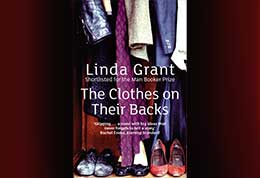First year Visual Culture student Sarahlouise Newman reviews Diana: Her Fashion Story, currently on at Kensington Palace
At the end of January, I had the opportunity to see an exhibition of Princess Diana’s dresses. Situated in the gallery at her former home of Kensington Palace, the exhibition Diana: Her Fashion Story documents the evolution of one of British history’s most iconic princesses.
Set in the beautiful front building of Kensington Palace, we were guided through an atrium to plainly-decorated rooms, adorned with sketches of dresses immortalised by the media during Diana’s life. One of these is the well-documented tweed day outfit (Fig.1), designed by Bill Pashley, which she wore on her honeymoon at Balmoral in 1981, in front of the world’s press. The outfit is noted for its lack of structure as it hid her slim frame, which then caused the media to speculate, wrongly, that she was already pregnant.
Following on a little further is a long, green, checked coat (Fig.2) that was nick-named ‘the horse blanket’ by the press, which Diana wore when she was she was in Venice in 1981. This was made by her future wedding-gown designer, David Emanuel. The caption beneath the coat states that this was one of her fashion mistakes: it drowned her figure, hiding her slim silhouette with a boxy coat.
Moving into the second room, the style evolves into an elegant black gown nick-named the ‘Travolta dress’. The off-the-shoulder midnight blue velvet gown by Victor Edelstein was immortalised in a photo when Diana danced with John Travolta at the gala dinner at the White House in 1985. The dress was so iconic that it is the most expensive auctioned dress in the world and even has its own Wikipedia page. Reverting back to the more delicate colouring is the typical Disney-esque style dress, which she wore to the Royal Ballet at the Berlin Opera house in 1987 (Fig.4). The satin off-the-shoulder garment has a hint of true 1980s fashion, but still holds to the feminine image of a princess, with a full skirt and neat cuffs. This dress is a light pink, satin-buttoned, off-the-shoulder, floor-length gown designed by Catherine Walker.
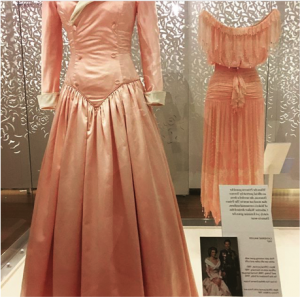
Fig.4 Dress for the Royal Ballet by Catherine Walker, with Zandra Rhodes design of 1986 in background
Still using the light pink colouring, the dress in the background (Fig.4) is a Zandra Rhodes light pink, chiffon gown adorned with pearls and a satin waist-tie. Diana wore this outfit in 1986. She was, by then, mother to William and Harry and increasingly in the public eye, not just for her position in the royal family but also as charity patron. The main thing I noticed was the length of the gowns. The media never showed the height and build of the Princess of Wales, but it is notable from the length of the gowns how tall and slim she must have been.
As I moved from room to room, I noticed many sketches by Catherine Walker who was one of Princess Diana’s favourite designers, and helped her to develop her sense of style (Fig.5). Diana commissioned Walker to make suits for charity events including the well-known hospital visit to an AIDS ward, where Diana famously refused to wear surgical gloves and hugged terminally-ill patients.
The final room was my favourite, having a centrepiece of dresses Diana wore on the Mario Testino photoshoot, which became known as her last (Fig.6). Photographs are placed on walls around the garments, along with quotes from Diana and the designers who worked with her.
The exhibition is an intimate view of the evolution of her fashion style from a young princess to international fashion icon. It shows Diana’s elegance and, at times, her fashion faux pas. But mainly it is an exhibition for all, from art and fashion students, to people who were admirers of Diana. It is definitely worth a visit.
Note: The exhibition continues until April 2018, with NUS discounts available. Booking in advance is advised: I went on a Sunday afternoon and it was not too busy, but Saturdays are usually sold out. Catalogues are on sale and photography is allowed, but can be difficult due to lighting.

